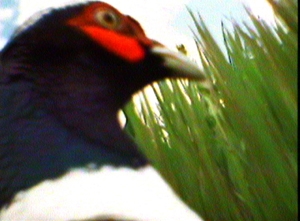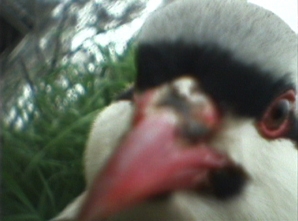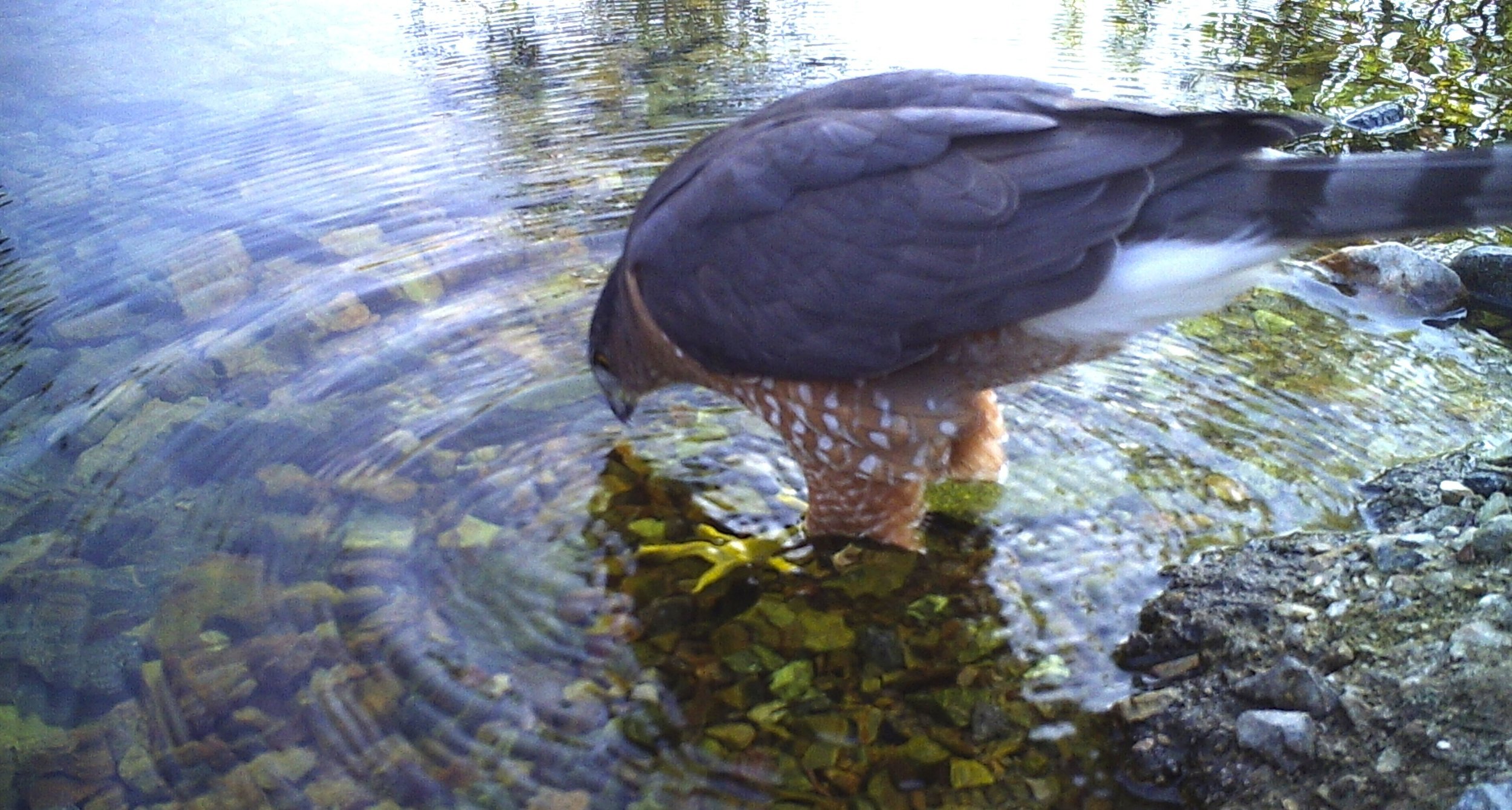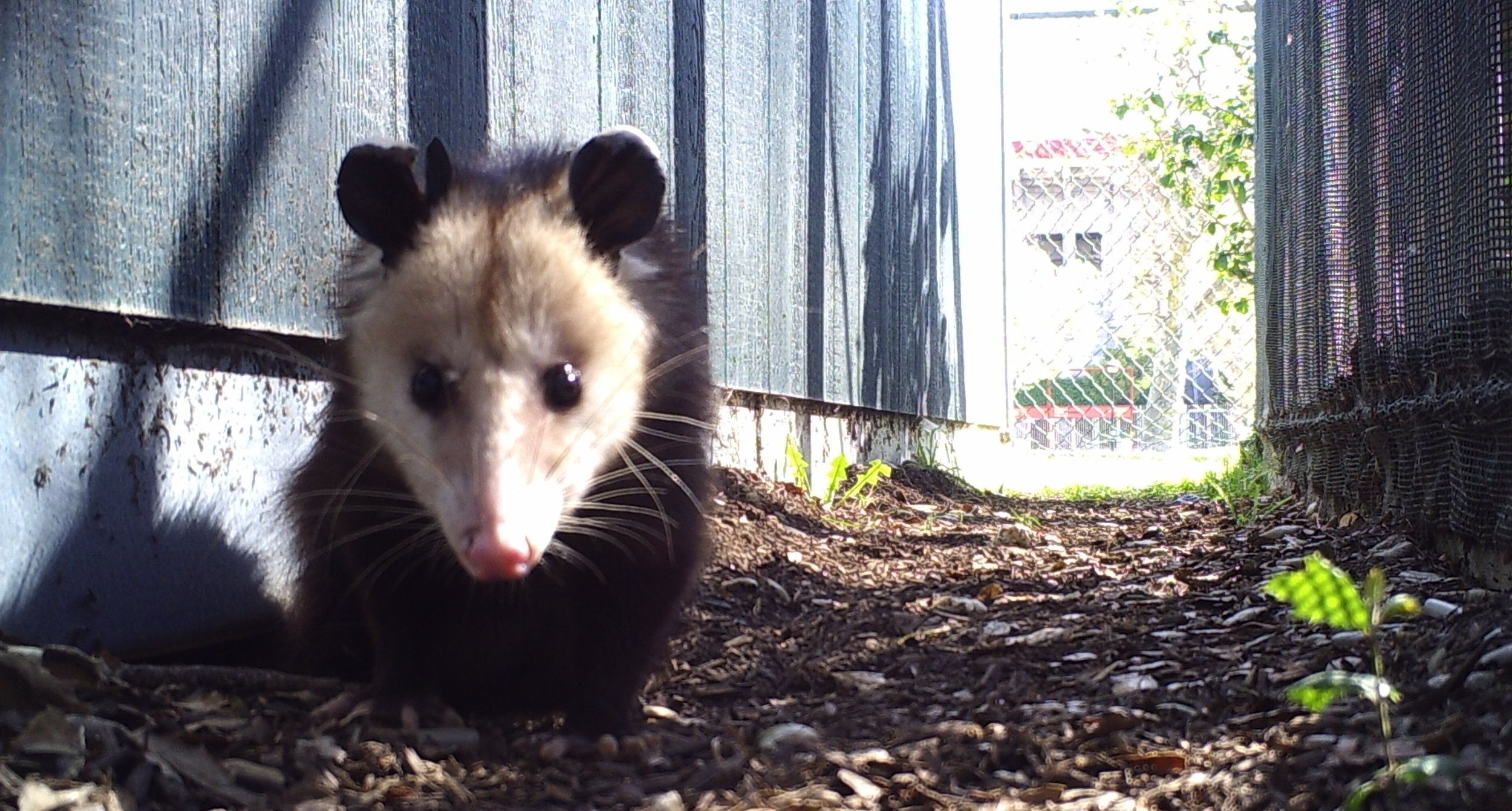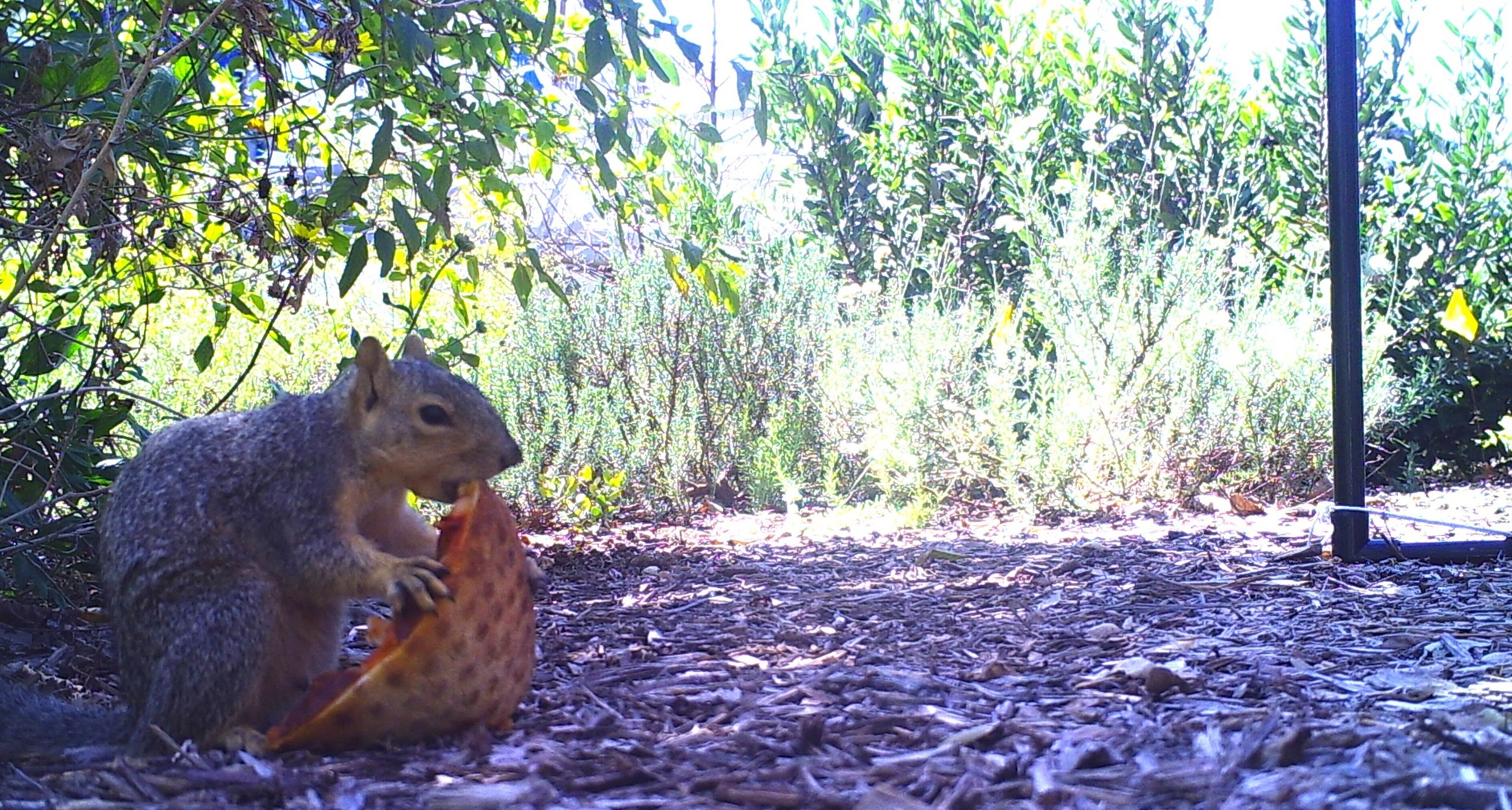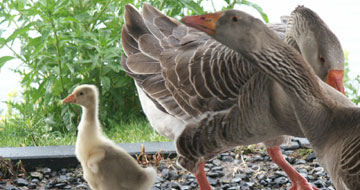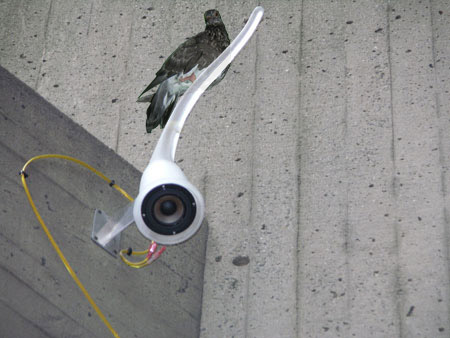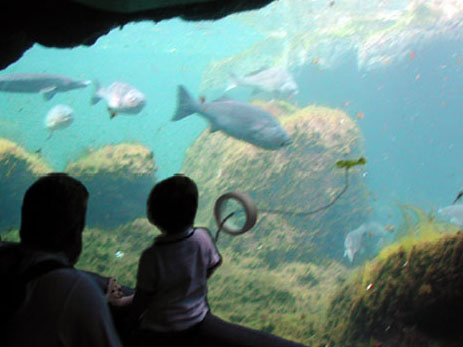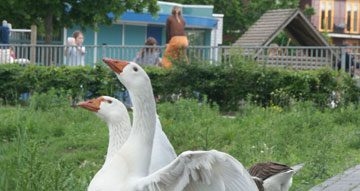SALON 5: ANIMAL SUBJECTIVITY
HIGHLIGHTED ARTIST: Sam Easterson
Animal, Vegetable, Video
A video series from the perspective of animals. By attaching specially designed cameras based on the different needs of each creature, he captures video footage from their vantage points (Thompson, 54).
OBJECTIVE:
Easterson hopes to build the world’s most comprehensive library of video footage that has been captured from the point-of-view of animals and plants.
“I just can’t resist trying to empathize with animals and plants. I think that in the process of attempting to learn what it’s like to be an animal or plant, I learn more about what it means to be human”
HIGHLIGHTED ARTIST(S): Olly Williams and Suzi Winstanley
From their website:
We are British collaborative artists. We track, paint and photograph endangered species in the wild. For the past 30 years we have been in a conversation with the natural world. Our collaboration began in earnest during our Sophomore scholarship to Syracuse University in New York. Here we first discovered Native American art and learned of the Mohawk/Iroquois belief in ‘animals as brothers’. This ethos would have a profound impact on us both and remains our key subject to this day
Inspired by this conservation wisdom and our first journeys together in the North American wilderness, we were struck by a simple realisation; if we wanted to truly understand and document the nature of wild animals we needed to get out of our urban comfort zone and make our work where they lived.
The Postmodern Animal, p. 12:
The making of the pieces is extensively documented, ‘as a performance,’ by the photographer Greg Williams, who travels with them. Whenever possible the depicted animals are encouraged, without manipulation or coercion, to ‘interact’ with the work and mark it further themselves. Exceptional cases, where the ‘artistic interaction’ did not go entirely to plan, include a leopard dragging a painting away and destroying it, and a rhinoceros eating a whole piece.
“The most authentic form of interaction we have with the animals is where we aim to just coexist with them on their terms and in their environment”
HIGHLIGHTED ARTIST: Natalie Jeremijenko.
OOZ: Zoo backwards
ON OOZ:
Unlike the traditional zoo this is place where the animals remain by choice, a zoo without cages. Like a traditional zoo, it is a series of sites where animals and humans interact. However, the interactions at an OOZ site differ from that of a Zoo. OOZ is interactive in that it provides human a set of actions, the animals provide reactions and these couplets add to a collective pool of observations.
The human/animal interface has two components:
1) an architecture of reciprocity, i.e. any action you can direct at the animal, they can direct at you
2) an information architecture of collective observation and interpretation
OOZ also provides a structure of thinking process that directs human being to investigate other species away from an anthropocentric point of view.
HIGHLIGHTED ARTIST: Naruto, a macaque.
NARUTO (2011)
ABOUT: In 2011, a group of macaque monkeys gained possession of a camera owned by British wildlife photographer David Slater, who was visiting Indonesia. One macaque, Naruto, used Slater’s equipment to take a picture of himself, and the photo soon went viral online. Because Slater was not the one who took the photo, a lawsuit was filed by People for the Ethical Treatment of Animals (PETA) on Naruto’s behalf. The suit aimed to expand rights for non-human animals and its central question hinged on whether the photo should be considered the property of Slater, Naruto, or neither. Slater and PETA have since reached a settlement, in which Slater “agreed to donate 25 percent of future revenue from the photos to groups that protect crested macaques and their habitat in Indonesia.” Currently, the U.S. Copyright Office maintains that “a photograph taken by a monkey” is an example of an item that cannot be copyrighted.
“Learning to honor the wild—learning to remember and acknowledge the autonomy of the other—means striving for critical self-consciousness in all of our actions”
Environmental Justice Connections:
In the introduction to her book, Vibrant Matter, Jane Bennett contends that if the perception of non-human entities as passive were to be challenged and their capacity “to act as quasi agents or forces with trajectories...of their own” acknowledged, then a more responsible approach to engagements with these materials would emerge (vii). All of the works selected for the Animal Subjectivity Salon do just as Bennett advocates by displaying the capacity for non-human animals to act as independent agents with unique desires, temperaments, and perspectives.
All of these works also serve to decenter the human subject. And resisting anthropocentrism, Bennett argues, helps break down “binaries of life/matter, human/animal, will/determination, and organic/inorganic” that prevent people from conceiving of themselves and non-human entities as interconnected and interdependent (x).

